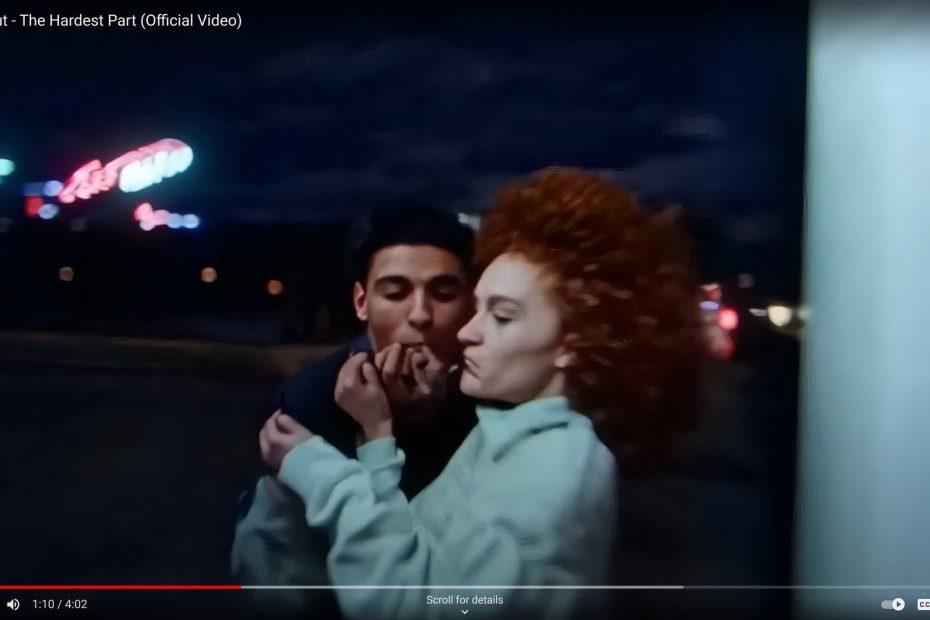Why it matters: The emergence of AI-based technologies has placed artists, musicians, and other entertainers in a challenging position over the past several years. While some fear that new AI-based tools will erode jobs and opportunities across the entertainment industry, others have embraced AI for its capacity to push the boundaries of what is achievable. Chillwave music artist Washed Out recently decided to explore the edges of possibility with the release of a new music video, which was entirely created using OpenAI’s new text-to-video technology.
The four-minute music video features a series of sequences depicting the lives of an unnamed red-haired woman and a dark-haired man in a relationship. Starting in their teens and progressing through adulthood, the video’s main characters are portrayed at various life stages, from teenagers on a school bus to adults getting married and starting a family.
Directed by Paul Trillothe video may seem like a fairly typical portrayal of a song about love, loss, and relationships. However, there’s one major difference that sets it apart from other videos: none of the actors are real. Every scene and character was generated using OpenAI’s text-to-video service, Sora.
According to the LA Times, Washed Out (whose real name is Ernest Greene) and Trillo originally planned to film a traditional video using live locations, sets, dancers, etc. However, time and budgetary limitations prevented the pair from executing their vision for Greene’s upcoming release. Fortunately for Trillo, he was one of a handful of creative professionals granted early access to OpenAI’s Sora service.
Using detailed text prompts to generate video sequences, the pair created scenes depicting the fictitious couple’s life across several decades and locations. Once generated, Trillo sifted through more than 700 Sora-generated clips to assemble the final product.
The end result is a trippy, high-speed, dream-like journey through the lives of two people building a life together. However, the video is far from flawless and, like many AI-generated videos, contains a number of extra body parts.

OpenAI introduced Sora’s new text-to-video capabilities earlier this year. The tool can generate complex video scenes with specific characters, locations, features, movements, and actions solely from detailed text prompts. Additionally, it can utilize existing video or still images to create longer videos or fill in missing frames.
Trillo emphasized the importance of responsible tool use, stating that technologies like Sora should be regarded as a “tool in the toolbelt” rather than a primary content creation method. While it may be perceived as a threat by some, Trillo and Greene see these advancements as a valuable step forward for creatives with ambitious ideas but limited budgets.
Sora is still undergoing testing and refinement by OpenAI and the select creatives who have received access. No official release date is available at this time.
